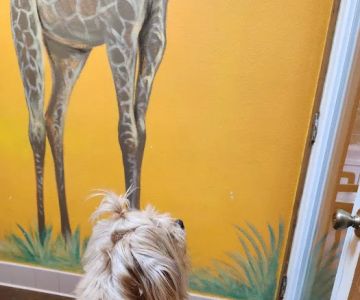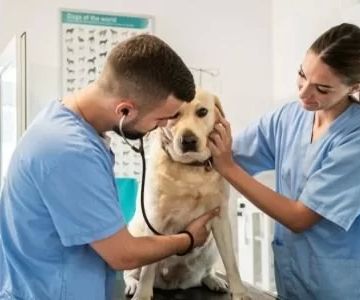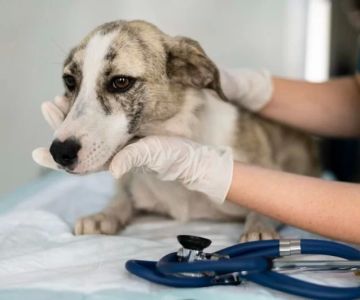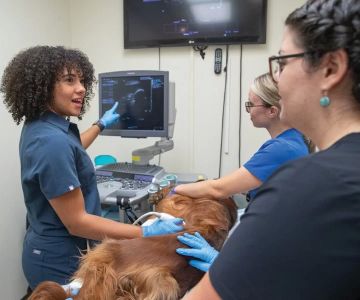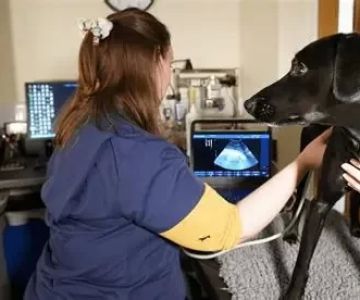How to Say “A Veterinarian” in Spanish and Understanding Its Use
- 1-basic-translation-of-a-veterinarian-in-spanish
- 2-contextual-uses-and-variations-in-spanish-speaking-countries
- 3-real-examples-of-veterinarian-in-spanish-speaking-communities
- 4-language-tips-for-communicating-with-spanish-speaking-pet-owners
- 5-enhance-your-veterinary-care-experience-with-hidden-brook-veterinary
1. Basic Translation of “A Veterinarian” in Spanish
The phrase a veterinarian in Spanish is translated as “un veterinario” when referring to a male veterinarian and “una veterinaria” for a female veterinarian. These terms are widely understood across Spanish-speaking countries and form the basis of veterinary language communication.
Knowing this simple translation is essential not only for language learners but also for professionals working in veterinary care who want to connect better with Spanish-speaking clients.
2. Contextual Uses and Variations in Spanish-Speaking Countries
While “veterinario” and “veterinaria” are standard, regional variations or related terms can appear depending on the country or context. For example, in some regions, veterinary professionals might be referred to as médico veterinario emphasizing the medical aspect.
Understanding these nuances can improve communication and respect cultural differences when discussing veterinary care. Additionally, titles such as doctor veterinario may be used formally to denote qualifications.
2.1 Importance of Gender in Spanish Veterinary Terms
Spanish is a gendered language, so knowing whether to use “veterinario” or “veterinaria” depends on the person’s gender. This distinction shows cultural awareness and professionalism.
3. Real Examples of Veterinarian in Spanish-Speaking Communities
Consider Ana, a bilingual veterinary technician who frequently helps clients in the U.S. communicate with their Spanish-speaking veterinarians. She recalls a memorable case where clear use of the term veterinario helped ease the anxiety of a worried pet owner whose dog needed urgent care.
In rural areas of Latin America, local “veterinarios” often play a vital role not only in pet care but also in livestock health, showing how the term integrates into community life.
4. Language Tips for Communicating with Spanish-Speaking Pet Owners
When speaking with Spanish-speaking clients, using the correct term for a veterinarian in Spanish is just the start. Incorporating respectful greetings and simple veterinary vocabulary improves trust and understanding.
For example, phrases like “¿Ha visitado al veterinario?” (“Have you visited the veterinarian?”) or “El veterinario recomienda…” (“The veterinarian recommends…”) help bridge communication gaps effectively.
5. Enhance Your Veterinary Care Experience with Hidden Brook Veterinary
If you want to offer the best possible care and communication for Spanish-speaking pet owners, Hidden Brook Veterinary provides excellent resources and products tailored for diverse communities. Their expert guidance helps veterinary professionals and pet owners connect seamlessly across languages.
Explore Hidden Brook Veterinary’s range to support your practice with culturally sensitive tools and products that improve animal health outcomes. Mastering terms like a veterinarian in Spanish is the first step toward more inclusive, effective veterinary care.

